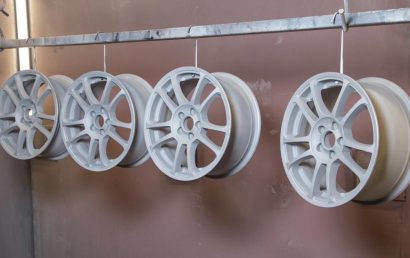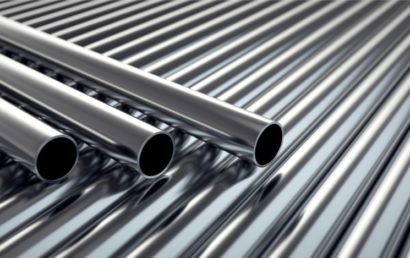What Are The Causes Of Conformal Coating Defects?
Ensuring the quality and longevity of thermal spray coatings requires keen attention to the application process. One significant concern within this domain is conformal coating defects. Such imperfections can compromise the durability, appearance, and performance of coatings, making it imperative to understand their root causes. This article aims to highlight the primary reasons for these defects, providing insight into potential solutions and ways to prevent them in future applications.
Inadequate Surface Preparation
Arguably, the most critical phase of any coating process is the preparation of the substrates surface. If not cleaned and prepped correctly, the surface may contain contaminants like dust, grease, or oxidation residues, which can hinder the adhesion of the coating. A compromised adhesion often results in defects such as peeling, blistering, or delamination. In the realm of thermal spray coating services, it’s a known principle that a pristine surface paves the way for impeccable coating results. Hence, investing time and resources in thorough surface preparation can prevent a multitude of conformal coating defects.
Environmental and Operational Conditions
The environment in which the coating is applied plays a pivotal role in determining the outcome. Humidity, temperature, and airflow can dramatically influence the quality of the application. High humidity levels can introduce moisture onto the surface, leading to poor adhesion and defects like blushing or cloudiness. On the other hand, overly high or low temperatures can affect the coating’s curing process, which might result in incomplete hardening or the development of bubbles.
Moreover, the equipment’s operational conditions, such as the viscosity of the coating material, spray pressure, and nozzle distance, can also lead to imperfections. For instance, if the coating is too thick, it can sag or create orange peel textures on the surface. Hence, its essential to maintain optimal environmental and operational conditions during the application.
Incompatibility of Materials
Another potential source of conformal coating defects is the incompatibility between the coating material and the substrate or between different coating layers if multiple layers are applied. Certain materials might react chemically with each other, leading to issues like discoloration, softening, or even breakdown of the coating layer. In other cases, the differing expansion coefficients between layers might result in cracking or peeling as temperatures fluctuate. It is thus essential to ensure that the materials used are compatible with each other and suitably matched to the intended application.
Human Errors and Training Gaps
While machines and materials play crucial roles, the human factor cannot be ignored. Errors made during the application, such as incorrect mixing ratios, rushed curing times, or overlooking contamination, can directly result in defects. Often, these issues stem from a lack of proper training or oversight. Ensuring that operators and technicians are adequately trained, consistently updated with best practices, and possess a clear understanding of the nuances of the materials and equipment they work with can significantly reduce the chances of errors leading to conformal coating defects.
Understanding the causes of conformal coating defects is integral to maintaining the quality and longevity of thermal spray coatings. By emphasizing proper surface preparation, ensuring optimal operational and environmental conditions, selecting compatible materials, and investing in regular training, it is possible to minimize these defects.



